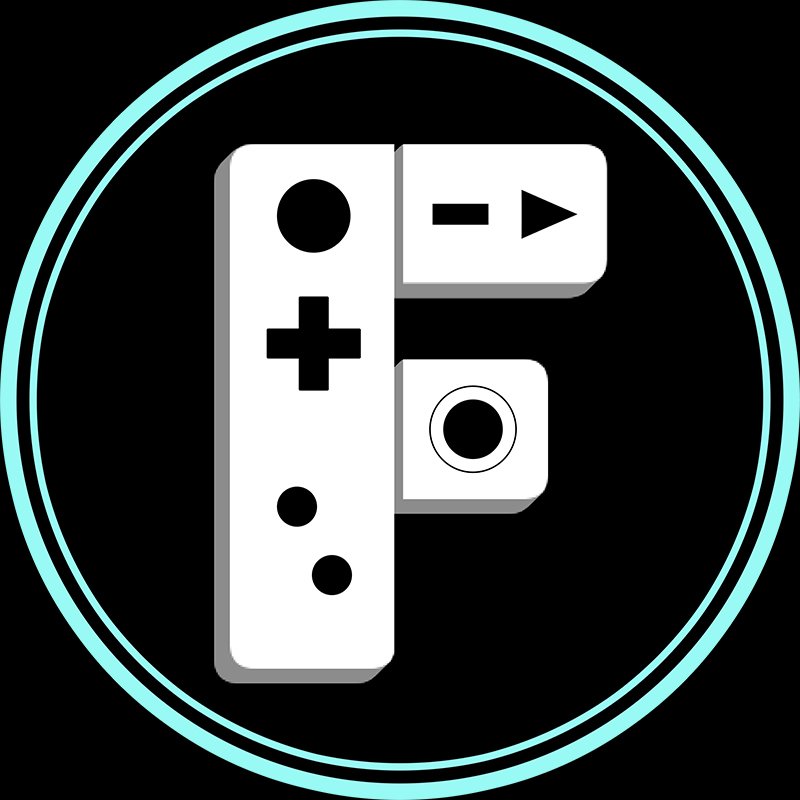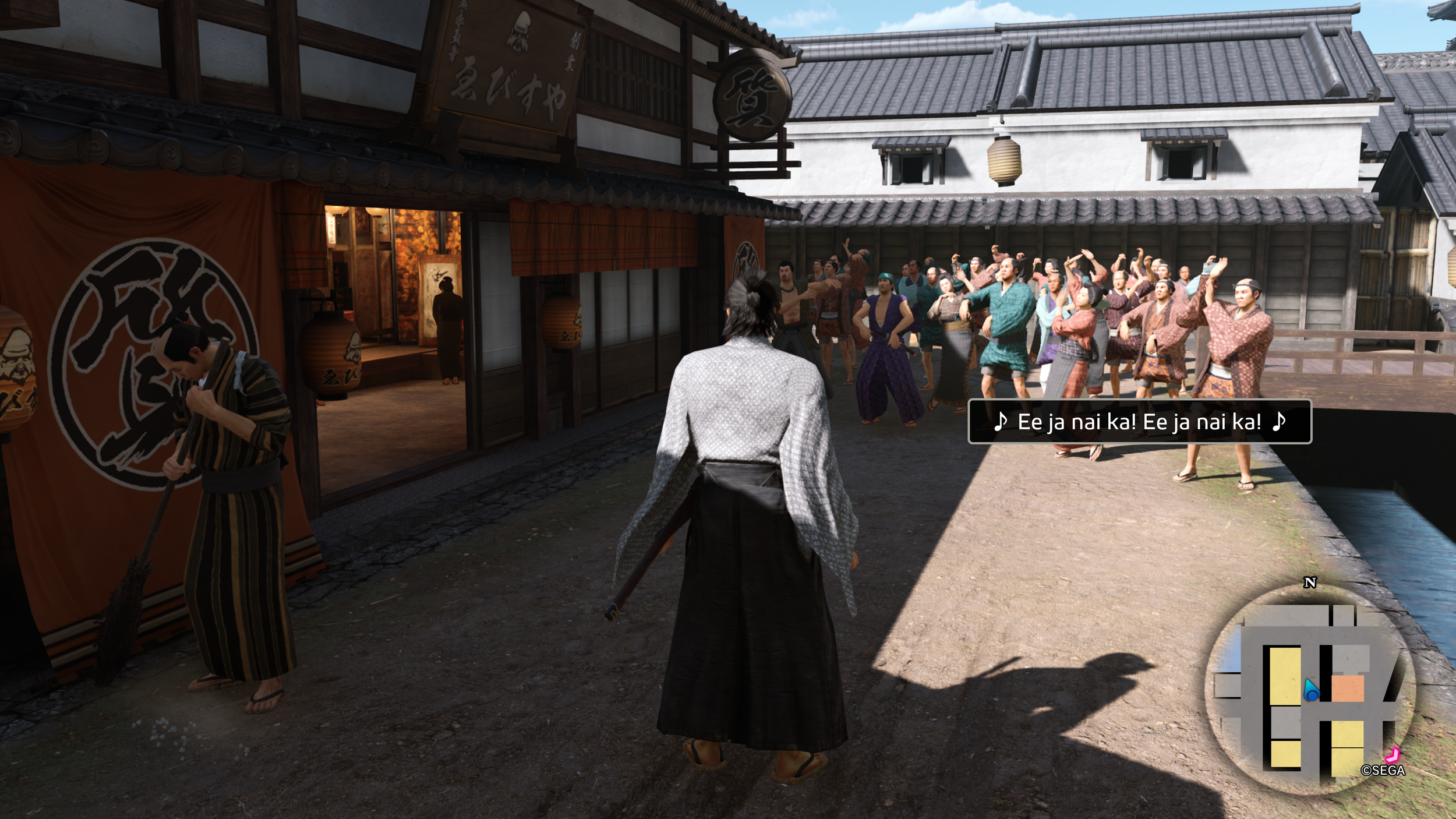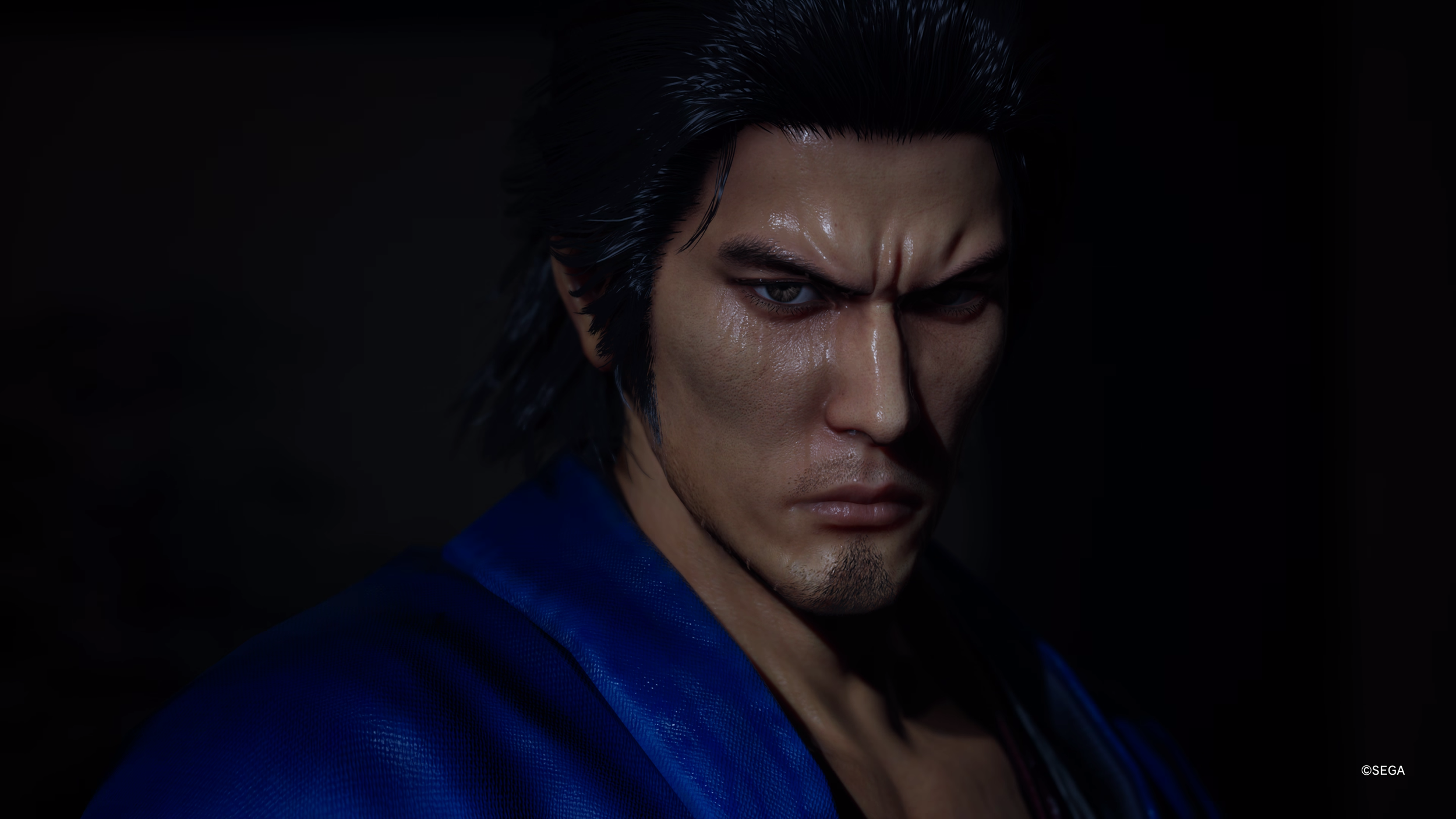Like a Dragon: Ishin (PS5) Review
Arguably Sega’s best developers, Ryu Ga Gotoku Studio went back to a much-requested entry in the Ryū ga Gotoku (a franchise once known mostly as Yakuza that has been recently renamed to be closer to the Japanese title, Like a Dragon) series of games, one that saw familiar characters in an era of samurai, a way of the sword endangered by the advent of firearms. What was once locked to Japanese players on PS4 and PS3 is now available worldwide thanks to a remake that’s playable on PS5, PS4, Xbox Series X|S, Xbox One, and PC. While I am not familiar with the original game, it’s one of the more mysterious and interesting titles in the Like a Dragon franchise that a lot of fans seemed to want. Now we have it as Like a Dragon: Ishin.
Playing like a traditional Like a Dragon title, Ishin is exceptionally familiar to anyone who’s tried a game of this franchise with beat-em-up style fights with JRPG style leveling, wacky mini-games, side stories, and a goofy undertone to most things outside of the core storyline. Players are thrust into 1860s Japan where one’s class dictates nearly everything. Rebellious and struggling against society’s deeply unfair structure, Sakamoto Ryoma is eventually caught up in a plot that sees his father figure murdered by a ninja using a unique sword style. As is reminiscent of previous Like a Dragon games, Ryoma is caught in a position that leads to being pinned as a murderer. He flees, takes on a new identity, and begins a journey to seek out the true assassin by any means necessary, even if that means joining an oppressive military force, the Shinsengumi.
While series fans might find it fun to see characters like Kiryu and Majima reimagined as samurai, where Ishin stands out the most for someone outside of that fandom is that the game and plot are grounded in Japanese history. This means that those familiar with said history might be more capable of keeping track of the political drama at the core of the main plot. However, as with most games in this franchise, there is a ton to enjoy even if one struggles to get swept in the complex struggles of class, economics, and honor. There is nothing wrong with playing Ishin just for the side quests or just enjoying angry, incredibly well-realized serious video game men beating each other up seriously.
Taking place in Kyo, Ishin lays out a condensed world full of bustling activity and various threads to follow. While I am not of fan of being constantly interrupted by a roaming band of ruffians or a side story that interferes with me going somewhere else, there’s a lot to unpack. Despite the game’s actual area being small, it feels big which is one of the strengths of the environmental design celebrated throughout the series. Being that this is a remake of a 2014 game, a lot of Ishin’s elements can feel dated especially if one is coming to the game after playing the absurdity-driven RPG Yakuza: Like a Dragon. Funnily enough, in years to come, that game might be considered as having one of the most confusing names of the franchise after the name change of future entries. It’s like having a Dragon Quest game titled “Dragon Warrior: Dragon Quest” or something. That’s a future problem though.
Funnily enough, I have always enjoyed the general design of these types of games though I do find it tough to stay on task. One of my favorite games to rent back in the day was Way of the Samurai 2 on PS2 which is certainly a game of its time but wandering around slashing ruffians feels as cool now as it did then. Like a Dragon: Ishin reminds me of that game but with a far more competent plot, the series' staple humor, and combat with more depth than one would expect.
Where things get dicey though is that the camera in Ishin is quick to obscure what’s going on. I even changed the setting to make the camera entirely manual and somehow it would still flip around and point at a wall. Certain boss encounters became more about spamming attacks in a corner and hoping for the best and less about intricate timing. Furthermore, while the game’s various styles are fun, and collecting weapons is always a treat in my book, my go-to path to victory was the gun style. Using the gun is super funny because it fires repeatedly and endlessly, making it closer to a Glock with infinite ammo than an 1800s revolver. While it is effective, I wish I would’ve engaged with the game’s other styles more but when I did switch to say the Katana, the camera prevented me from having fun while in a scrap so I often stuck to the tried-and-true gun.
That said, leveling up the four styles (which include hand-to-hand, gun, sword, and sword plus gun) was engaging and I like the idea of having skill orbs that can be slotted into any style rather than being locked into what one is actively using the most often. This means there’s an opportunity to get skills ahead of time, experiment, and see what works best or is the most fun. For me, I dumped all of my universal orbs into the gun, the guiding light along the path of least resistance.
After say the second chapter or so, the game really lets one explore Kyo’s various treasures and chat with its wide range of characters. This was super fun and I spent a lot more time than I expected fishing and then giving my catch to a down-on-his-luck fisherman who desperately wanted to keep up the hobby, despite being terrible at it. There’s also a woman who loves to tell stories but goes a little too in-depth with them so Ryoma could listen to her but has a take a quiz afterward to make sure players don’t just mash through her dialogue. I also enjoyed the absurdity of betting on chicken races or slicing cannonballs as if it were a batting cage mini-game. There’s a lot to do and even the repetition of these tasks is overcome mostly through new interactions and fun animations.
Unfortunately, because the game repeatedly interrupted me, it was really abrasive to try and get into the various storylines. Since there’s so much extra stuff to get swept up in, I don’t see myself finishing Ishin and I certainly won’t be completing it. This is totally normal for this series but I can’t help but think the game could be way stronger if there was an option to be left alone. Considering the game’s themes, being able to put on a Sandogasa hat and not be bothered would be fantastic.
That said, this is a traditional Like a Dragon game set in samurai times and it is super cool that it exists and is now available to more players. There definitely have been better samurai-themed games before but it's hard to go wrong with Ishin for those who enjoy this era’s unique conflicts and setting. The game is detailed enough to get lost in; I could spend hours upon hours just learning about Japan through the food and drinks available in-game. While my journey through Ishin is fairly surface level, I think this might be a great option for those that are curious what the Like a Dragon or Yakuza titles are like without feeling like their missing the context of Kiryu’s life or feeling pressured to start at Yakuza 0.
Maybe one day I’ll make that commitment to play through the entire series but for now, I’m glad to have experienced the unique energy found in Like a Dragon: Ishin. I just wish the story was a little less politics-driven and more about passionate dudes punching other passionate dudes at the start. That and I wish I could go through the critical path without being stopped every few feet. The game’s camera is certainly annoying but tolerable for those that can look past it. Although, playing Ishin makes me want to go back to Ichiban’s adventure in preparation for the next mainline game.
Regardless, Like a Dragon: Ishin is a historically-rooted drama with enough to explore to keep players busy and there are not many experiences like it. This series is unique and absolutely worth trying. Ishin is also a pretty solid entry point to an extremely unique series but it might be too serious for some.
Now is a great time to try out one of Ryu Ga Gotoku Studio’s games! Between the samurai themes of Ishin, the more law-serial approach of Judgment, or the crime syndicate battles and parental themes of the Yakuza series there is a ton of ways to engage in this style. There’s even a Fist of the North Star game called Fist of the North Star: Lost Paradise in this framework and they all play similarly enough to be easy to pick up. Much like how many Musou games excel with good theming, an RGG Studio game is best when the player is super into whatever theme is at the core of the game. Either way, this studio’s approach to animation and commitment to creating bizarre experiences to keep players surprised is a lot of fun to explore.
SCORES
GAMEPLAY - 7/10
VISUALS - 8.5/10
SOUND - 8.5/10
CONTROLS - 7/10
REPLAY VALUE - 9/10
OVERALL - 8/10
Learn more about Like a Dragon: Ishin on the official website. The game is available on S5, PS4, Xbox Series X|S, Xbox One, and PC. Screenshots were captured using native PS5 features. A digital PS5 copy was provided for the purpose of review.










While there are improvements that could’ve been made, Battle through Time is likely the best Samurai Jack game we’ll ever get. Joe shares his love for the animated masterpiece and reviews the game through that lens.